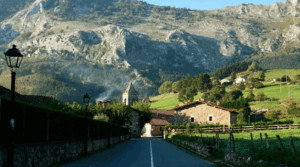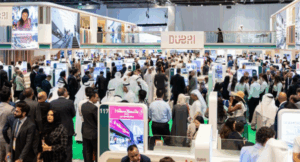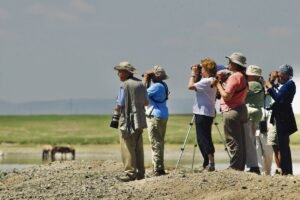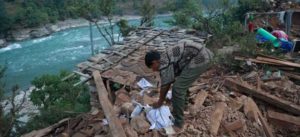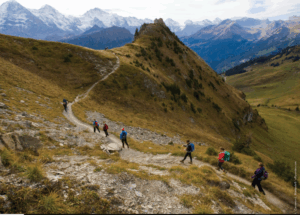Wetlands and Tourism
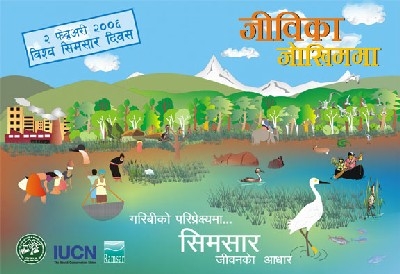
By Hum Gurung
World Wetlands Day 2012 is being celebrated under the theme “Wetlands and Tourism” recognizing the important role that tourism can play in the conservation of wetlands. Wetlands, known as “simsar” in Nepali, are unique and important places being home to some of the richest biodiversity on the planet.
Nepal has several wetland ecosystems of global significance, and 2.6 per cent of its land mass is covered by wetlands, including water bodies, of different sizes and characteristics. Wetlands have important recreational, aesthetic, historical, scientific and cultural values alongside the direct use values provided to millions of poor people around the world. They are increasingly becoming important destinations for tourists, especially those interested in wildlife and nature-based tourism.
In terms of tourism, the plains in southern Nepal — the Tarai — have a lot to offer, especially for nature lovers. Four of the nine Ramsar sites that have been designated in the country are situated in the Tarai — Koshi Tappu Wildlife Reserve (KTWR), Jagadishpur Reservoir, Beeshazar Tal and Ghoda Ghodi lakes. Of the 34,455 hectares covered by the nine Ramsar sites, KTWR alone accounts for 51 percent, making it an important site for wetland conservation in Nepal. The four high-altitude sites — Gokyo, Gosainkunda, Rara and Phoksundo — are situated within the country’s protected areas, and Mai Pokhari is in the mid-hill region.
The wetlands in the Tarai areas are surrounded by a large and predominantly poor population who rely directly on resources from the land. The wetlands provide numerous goods and services that have a social or economic value, not only to the local population living in its periphery but also to communities living outside the wetland area and to the global population. For example, a recent study by Bird Conservation Nepal (the BirdLife International Partner in Nepal) with support from the Darwin Initiative has revealed that nature-based tourism attributed to KTWR is the purpose of visit for more than 90 percent of the visitors to the site. More than 450 international visitors toured Koshi Tappu during 2010-11, and the annual value of this was estimated at US$ 121,000.
However, many wetlands in Nepal are under great pressure from damaging land use practices, pollution, invasion of alien species, human encroachment and increased sedimentation, resulting in degradation of the habitats. One way to alleviate this pressure could be to engage local people in expanding sustainable tourism in the wetlands, which would result in greater revenues to the parks and reserves and employment opportunities. To achieve this, there is a need for infrastructure development for accommodation and other amenities to attract more foreign and domestic sightseers.
There are also pristine wetlands such as Rara, Gokyo and Phoksundo which have a high potential for ecotourism. The role of the private sector in the tourism industry is crucial to promote such special tourism products and provide wilderness experiences to visitors. The lakes are also important places for migratory and resident birds. The government of Nepal has identified bird watching as one of the special tourism experiences that Nepal can offer, and this activity is increasingly becoming popular across important bird areas.
Ensuring well-managed tourism practices in and around wetlands and educating tourists and local people on the value of wetlands contributes to their health and the long-term benefits that wetlands provide to people. Unsustainable tourism development may bring short-term benefits but long-term losses to wetland health, compromising biodiversity and ecosystem services. Thus, “wise use” and management of the wetlands are imperative to maintain the ecological integrity and the benefits we derive into the future. (Gurung is chief executive officer of Bird Conservation Nepal – Kathmandu Post )


